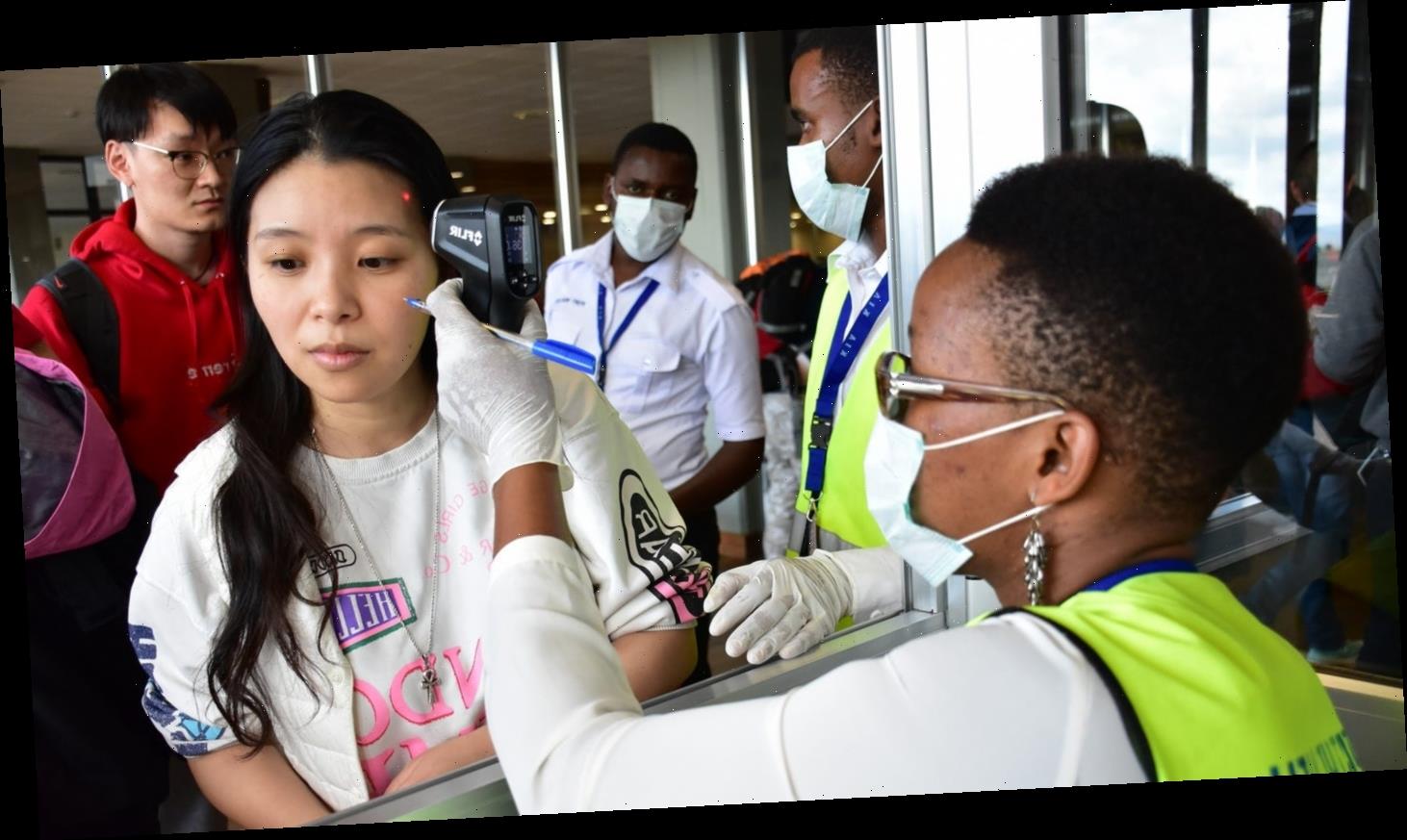Laurie Garrett, CNN: “Seventeen years ago, I was covering the severe acute respiratory syndrome virus for several months as it spread across Asia, eventually reaching 37countries, sickening 8,098 people and killing 774 of them. … By far, the most important measures to stop the Wuhan coronavirus will be those related to hospitals and how well medical teams can contain the virus. … Most of the SARS cases in Hong Kong went to two hospitals: One had just a single health care worker infected, while the other suffered terrible losses in both health workers and patients who were being treated for other medical ailments. The key difference? The teams in the better hospital had years of infection control training.”
OUR VIEW: Coronavirus offers reasons for concern but not for panic
David Quammen, The New York Times: “‘Novel coronavirus of 2019’ … isn’t as novel as you might think. … Zheng-Li Shi, of the Wuhan Institute of Virology, (is) a senior author of the draft paper that gave nCoV-2019 its identity and name. It was Shi and her collaborators who, back in 2005, showed that the SARS pathogen was a bat virus that had spilled over into people. Shi and colleagues have been tracing coronaviruses in bats since then, warning that some of them are uniquely suited to cause human pandemics. … When you’re done worrying about this outbreak, worry about the next one. Or do something about the current circumstances, (which) include a perilous trade in wildlife for food, with supply chains stretching through Asia, Africa and to a lesser extent, the United States and elsewhere. That trade has now been outlawed in China, on a temporary basis, but it was outlawed also during SARS, then allowed to resume — with bats, civets, porcupines, turtles, bamboo rats, many kinds of birds and other animals piled together in markets such as the one in Wuhan, China.”
Frank Sieren, Deutsche Welle, Germany: “The scale of Beijing’s measures so far is unprecedented. Only an authoritarian one-party state could have implemented them so rapidly: Some 56million people are under quarantine and air, rail and long-distance bus traffic has been suspended in at least 14 cities. What is incredible is that there have been no demonstrations, let alone riots, in the regions affected. … The situation was different with the 2002-03 SARS outbreak: The scale of the epidemic was played down for months. By the time it had been brought under control, 800 people had died. Now, Beijing is providing information about the number of cases and casualties almost every hour. Even the construction of the new hospital is … live-streamed.”
Vin Gupta, NBC News: “As a pulmonologist in Seattle, near where the first case of the new coronavirus was confirmed in the United States last week, I relied heavily on the city’s hospitals, clinics and departments of health to protect our community. And they did so admirably, immediately acting decisively and shrewdly despite the fear and uncertainty that always arises with an invisible biological threat. … Just 0.19% of the U.S. budget goes toward pandemic preparedness overseas. Yet any money that we do spend means we mitigate the risk of facing outbreaks at home. … It’s not just inadequate funding that keeps us behind. Two high-profile global health security experts departed the administration in 2018, diminishing the chances that leadership from within may change these dangerous realities. Which means that unless hospitals and providers are given the necessary financial resources, Americans may soon be more vulnerable to threats like Ebola and coronavirus that pay no attention to politics or budgetary cycles but which demand a health system ready and primed to respond.”
Source: Read Full Article
